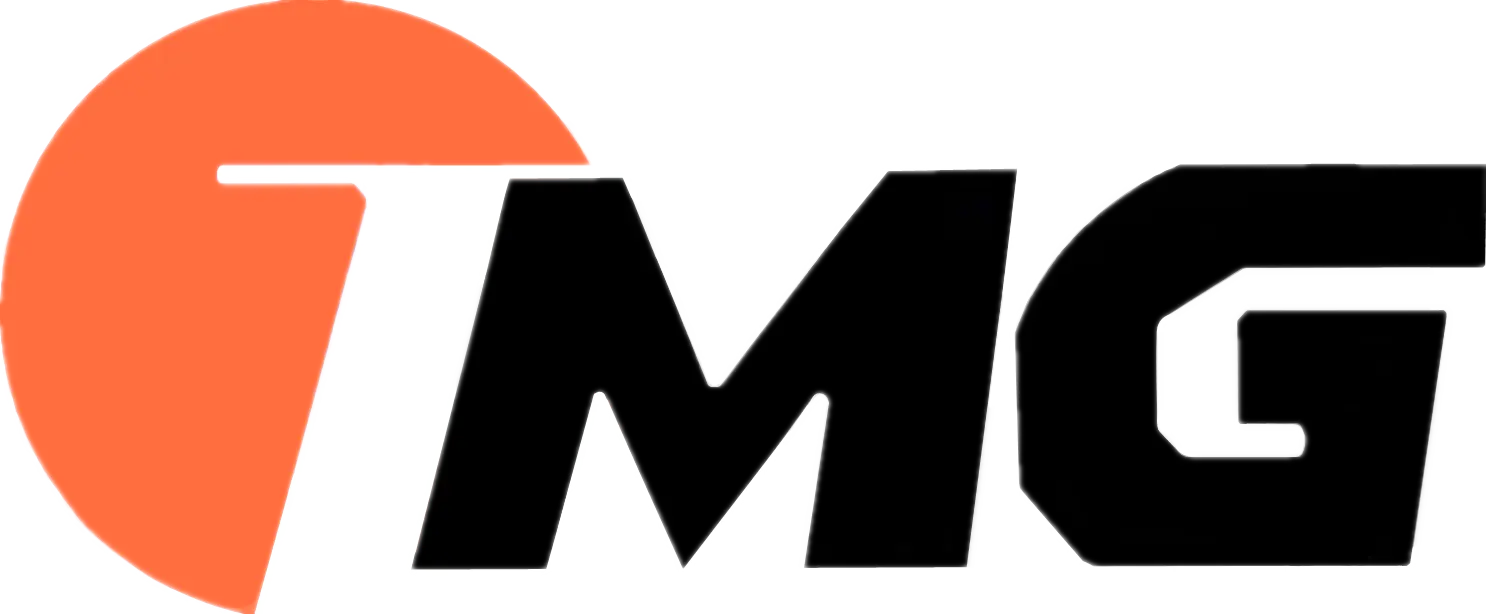Small servo punches (5-60 tons / 50-600 kN) are categorized into three tonnage segments with distinct characteristics:
1. Mini Tonnage (5-20 Tons)
Examples: 5T desktop servo press, 10T micro servo punch
Structure:
Structure:
- Frame: C-frame open design (welded steel plate, vibration-aged), lightweight (1-2 tons), 3-sided accessible worktable.
- Drive: Single-crankshaft direct drive with short stroke (50-100 mm), rectangular guide rails (precision: ±0.05 mm).
- Control: Basic PLC system (domestic), manual mode + optional servo speed adjustment.
Advantages:
- Ultra-compact, low cost ($10k-$25k), easy to operate.
- Fast setup for prototyping.
Applications:
- 3C electronics (connectors, chip leads).
- Thin-sheet metal (≤2mm) punching/bending.
2. Medium Tonnage (20-40 Tons)
Examples: 30T servo turret punch, 40T high-speed servo press
Structure Upgrade:
Structure Upgrade:
- Frame: Closed-frame or gantry design (cast iron via resin sand molding), better rigidity.
- Drive: Dual-crankshaft + pneumatic balance cylinder (noise <75 dB), longer stroke (100-200 mm).
- Control: Imported servo system (e.g., Mitsubishi/Fanuc), supports continuous stamping (40-100 SPM).
Core Features:
- Turret tooling (20-32 stations, auto-tool change in <5s).
- Compatible with progressive dies (material utilization >90%).
Applications:
- Sheet metal enclosures (switchgear, cabinets).
- Automotive parts (seat brackets, small brackets).
3. Near-Large Tonnage (40-60 Tons)
Examples: 60T high-precision servo press
Structure Breakthrough:
Structure Breakthrough:
- Frame: 3-segment straight-side design with 8-way guide rails, heavy-duty casting (weight 5-8 tons).
- Drive: Servo motor + ball screw direct drive (stroke up to 400 mm, pressure accuracy ±1%).
- Control: Full CNC system (supports CAD import, hydraulic overload protection).
Unique Advantages:
- Handles eccentric loads (e.g., off-center punching).
- Ideal for deep drawing and high-strength steel forming.
Applications:
- Automotive structural parts (door frames, B-pillars).
- Aerospace aluminum alloy components.
Comparison Table
| Parameter | 5-20T | 20-40T | 40-60T |
|---|---|---|---|
| Frame Type | C-frame open | Closed-frame/gantry | 3-segment straight-side |
| Max Stroke | 50-100 mm | 100-200 mm | 200-400 mm |
| Speed | 20-50 SPM | 40-100 SPM | 10-50 SPM (heavy-duty) |
| Positioning Accuracy | ±0.05 mm | ±0.02 mm | ±0.01 mm |
| Typical Cost | $10k-$25k | $30k-$80k | $80k-$150k |
| Ideal Thickness | ≤2 mm (steel) | 2-5 mm | 5-10 mm |
How to Choose?
- For Prototyping/Small Batch:
- Pick 5-20T for low cost and portability.
- For Mass Production:
- 20-40T with turret/progressive dies for high efficiency.
- For Heavy-Duty/Complex Shapes:
- 40-60T for rigidity and deep drawing capability.
Common Misconceptions
❌ "Higher tonnage always means better performance."
✔️ 5-20T punches excel in speed and precision for micro parts, while 60T machines focus on force and rigidity.
✔️ 5-20T punches excel in speed and precision for micro parts, while 60T machines focus on force and rigidity.
❌ "Servo punches are only for electronics."
✔️ 40-60T models are widely used in automotive and aerospace for high-strength material forming.
✔️ 40-60T models are widely used in automotive and aerospace for high-strength material forming.
Conclusion: Small servo punches in the 5-60T range offer flexibility across industries. Choose based on material thickness, process complexity, and production volume to maximize ROI.




